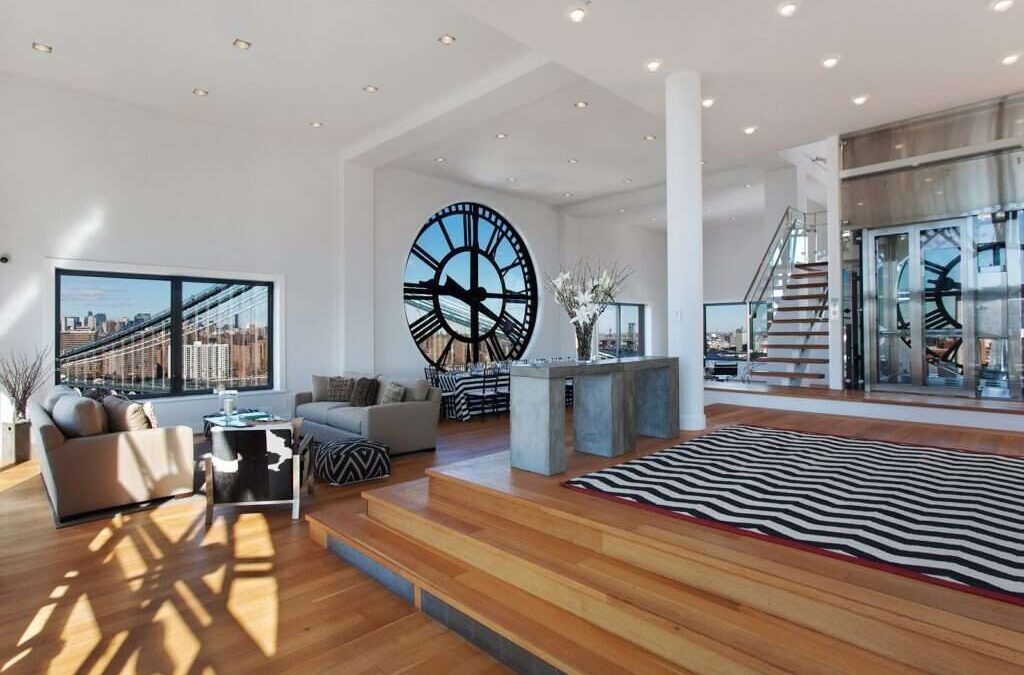Automatic Daylighting Control Acceptance (NRCA-LTI-03-A)
Introduction
Daylighting control is a method for controlling lighting automatically by regulating the quantity of electric illumination within a building to maintain a set level.
It works best in areas with constant access to natural light, such as lighting adjacent to windows or lighting near skylights.
Title 24 acceptance also supports the daylight controls with its Automatic Daylighting Control Acceptance (NRCA-LTI-03-A) test. This test determines whether or not automatic daylighting systems fulfill the criteria.
Here, we shed light on this vital acceptance test and daylight control benefits. So, learn about its purpose and requirements.
Automatic Daylighting Control Acceptance (NRCA-LTI-03-A)
Benefits of Daylighting Control
The correct functioning of daylighting controls saves energy. Controls over daylighting result in a more accurate estimation of the money saved on electricity.
Controls that are successful in the evaluation decrease the quantity of light output in reaction to the presence of natural light. As a result, a sizeable amount of lighting energy is saved.
These settings also supply ample illumination in any situation during the day. The visual quality will decrease if the control causes the room to get too dark, and the control will eventually be overridden, which will cancel out any savings in terms of energy consumption.
Purpose of NRCA-LTI-03-A
The purpose of Automatic Daylighting Control Acceptance is to confirm that the areas required to have automatic daylighting control have the relevant components installed and are functioning correctly in compliance with the energy standards.
Requirements of NRCA-LTI-03-A
In new construction, daylighting must be installed if the wattage of the primary daylight zones is more than 120W.
In tenant renovations, daylighting must be installed if the wattage of the primary daylight zones is higher than 85 percent of the allowable W/sqft.
It is necessary to install and adequately calibrate a system that, when daylight is present, causes an automatic reduction in the quantity of electric illumination used.
When it comes to any lighting controlled by automated daylighting controls and occupancy sensing controls, the lighting output must be maintained at a level lower than the minimum amount of electricity that either of the two controls will permit.
Controls for automatic daylighting must be constructed in such a way that the power output of the lights does not exceed the bare minimum permitted by each control.
NRCA-LTI-03-A necessitates that if there are additional controls, the light level can either rapidly dim to the level decided by those controls or switch on to full power. It can also be set to the level of light previously set, then gradually dim to the level decided by those controls. Both options are possible depending on whether or not other controls are present.
Summary
Automatic Daylighting Control Acceptance is a process that validates all required components for automatic daylighting control have been installed and are running appropriately in line with energy requirements.
title24lightinginspection.com is available to assist you with the Automatic Daylighting Control Acceptance (NRCA-LTI-03-A) test. We review construction documents and prepare an estimate accordingly. The Title 24 compliance is verified for all installed daylighting controls. Feel free to contact us for NRCA-LTI-03-A.

